Vegetable gardening is a rewarding hobby that can pay you with fresh, healthy meals. Plants are fascinating to observe and work with and can bring a new level of satisfaction to one’s life. Growing a plant from a tiny seed into a vibrant, fruitful plant is a hands-on experience that will change how you see nature forever. These results are attainable for gardens of any size. Vegetable gardening is both fun and demanding in Arizona.
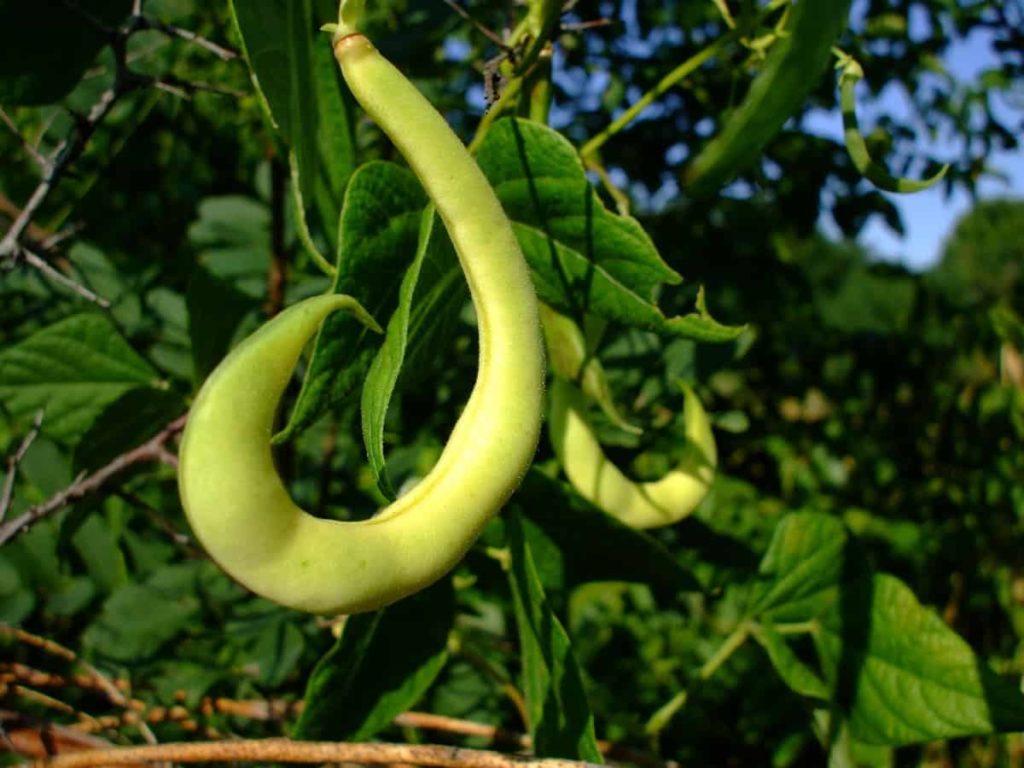
Due to the short length of the growing season in Arizona, proper timing of planting is essential. Below we learn the Arizona planting calendar, different vegetables for Arizona growing seasons, planting schedules for Arizona vegetables, the planting zones of Arizona, and different vegetables for Arizona planting zones.
Arizona vegetable planting calendar (AZ)
What are the planting seasons in Arizona?
Spring gardening in Arizona
Peppers, tomatoes, and eggplants should be planted from seed indoors in late December or early January. Plant seeds for zinnias, basil, cucumbers, and melons around the middle of January. Begin preparing planting slips for sweet potatoes in January if you wish to plant them. You can skip this step to obtain your Arizona spring garden transplants. Go out into the garden and take stock of how things look for the winter.
If any plants grew well, which ones were they? What kinds of vegetables did your loved ones relish? Keeping a garden notebook will allow you to track which plants thrived and which perished throughout the winter. You must not bypass this procedure. Spending some time noting will make autumn and winter garden planning a breeze. The garden has to be cleared out for the spring plantings, so get a head start by harvesting the ready-to-eat winter veggies.
It’s possible that some of your winter veggies only need a little more time to mature before they can be picked. Have patience with them. Some plants may have had trouble bearing fruit, prompting you to remove them in preparation for spring and summer planting. Don’t take weeds out by the roots; just chop them off at the base. A few plants, such as perennial herbs and onions/garlic, will keep growing throughout the spring. Our latest usual frost date in the Arizona low desert is around the middle of February, although a late frost is always possible.
When to plant is best determined by the soil’s temperature. Check the temperature of the soil using a soil thermometer. Plants injured by frost or looking flimsy should be pruned after the threat has gone. Plants can be revitalized by cutting them back, then putting compost on top of the beds and giving them a good soaking of water. Fix flower beds. Weed out and removed the rubbish. The beds can be restored to their original height with the addition of sufficient compost. Instead of using store-bought mulch on the beds, try making your compost.
Having your soil tested is crucial. The quality of your soil can be checked by conducting a soil test. The use of organic fertilizer should be implemented as instructed. Plants started inside need to be hardened off by spending longer and longer time outside before being planted. Interplanting warm-season vegetables in regions where winter crops are still actively developing is a viable option. The warm-season crops will appreciate the increased space provided by the harvest of the cool-season crops.
Fall gardening in Arizona
The growing season in hardiness zone 10 in Arizona is rather lengthy. This means that from late autumn until early January, you can get away with gathering the vast bulk of your crops. August or September is a good time to sow an autumn crop. Green peas, broccolini, and broccoli are three vegetables that can be harvested repeatedly during the colder months. Green beans, tomatoes, cayenne, and sweet peppers are not cold or hardy, but you can try growing them successfully.
In case you missed it: Top 47 Home Garden Ideas for Small Spaces: Check How this Helps Beginners
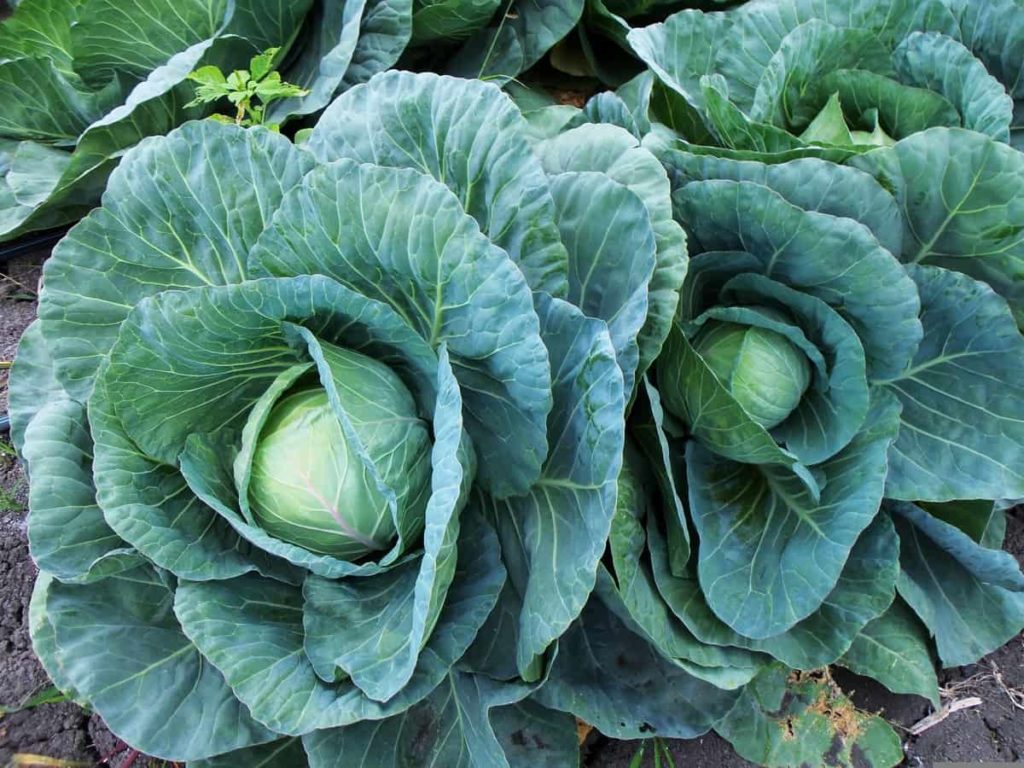
If you can, try to schedule plating for the late summer, around August or September. It’s essential to keep an eye on the weather prediction as fall turns to winter so that you can protect your plants with a layer of straw or plastic buckets if the temperature drops below 40 degrees. The hardiness of your plants in zone 10 can surprise you. If you live in Arizona hardiness zones 6, 7, 8, or 9, you can maintain planting even when the weather becomes cooler. Your choices might surprise you.
Planting time for fall crops in Arizona hardiness zones 6, 7, 8, and 9 is normally between July and August. Allowing the plant thus much time to get established is crucial before the onset of cold weather. Consider romaine, buttercrunch, and kale, all of which thrive in cool weather. For those who want to plant in the fall, September and early October are ideal times to sow hardy root crops and resilient leafy greens. Zones 4 and 5 in Arizona face a frosty race against the clock regarding autumn planting.
Sowing short-season autumn crops in July or August is recommended to allow for a full harvest before the first frost. Arizona’s growth zones 4 and 5 best suit cold, hardy autumn crops. Collard greens, carrots, onions, and beets are some of our favorite Arizona-grown vegetables. As a bonus, during the colder months in Arizona, you can roast these plants or add them to soups and stews, which will taste delicious. You may “overwinter” perennials like tomatoes and peppers in Arizona hardiness zones 4 and 5 by utilizing hotbeds, covering them with plastic at night, or bringing them inside.
Summer gardening in Arizona
When people hear the term “sun,” the state of Arizona is often the first thing that comes to mind. The state’s sunny disposition is a significant factor in why it has become one of the United States’ most rapidly expanding regions. However, garden crops, in particular, can suffer under the unrelenting heat and harshness of the Arizona sun. Despite the arid environment and intense heat, many veggies can flourish in Arizona’s sun with the proper care.
Arizona has a very diverse terrain. Arizona’s diverse landscape, from snow-capped mountains to barren deserts and everything in between, makes it challenging for the garden. The sun’s rays are vital whether you’re growing veggies in the warm southern part of Arizona or the cooler northern part of the state. In the summertime, they reach even greater heights. Sunscald is the main problem while producing various veggies in sunny locations. Too much exposure to sunshine has harmed these plants.
Try interplanting your crops with basil or sunflowers if sunscald is still an issue midway through the growing season. These two plants can soon reach a size where they can provide shade to other plants. Arizona gardeners may also have trouble with the sun’s intensity preventing fruit from setting. On average, intense heat, over 85 degrees Fahrenheit, can prevent flowers from bearing fruit, even if they have been pollinated. Your vegetable garden may nonetheless thrive despite these challenges. Let’s check out a few of our favorite Arizona-grown veggie options.
All varieties of bell peppers benefit from the warmth and don’t mind the direct sunlight. Make sure your plants have access to sufficient water and nutrients to thrive and produce fruit. If you have a garden in Arizona, you should plant chili peppers. They thrive in the region’s high temperatures and dry conditions, making them a must-have for authentic Southwestern dishes. Chili peppers can withstand direct sunlight and are grown like bell peppers. Even chiles are susceptible to sunscald under Arizona’s intense sunlight.
Tomatoes planted in the garden thrive in the heat and sunshine. Heat doesn’t bother tomatoes too much. When fruit is left out in the sun all day, it can suffer from sunscald. It’s not hard to get a successful harvest from an eggplant plant since they thrive in warm temperatures and direct sunlight. Eggplants, like bell peppers, are sensitive to sunscald. Wait till the plants have fully leafed out before harvesting eggplants.
Arizonan natives have cultivated dry beans for thousands of years because they thrive in the state’s intense heat and dry climate. In contrast to dried beans purchased from a shop, which may have been picked many months ago, those produced at home will surprise you with their depth of taste. Green beans thrive in the Arizona heat just as much as dry beans, but they need more water to mature into a consumable state.
In case you missed it: How to Start Cucumber Farming/Growing in Philippines: Check How this Guide Helps Beginners
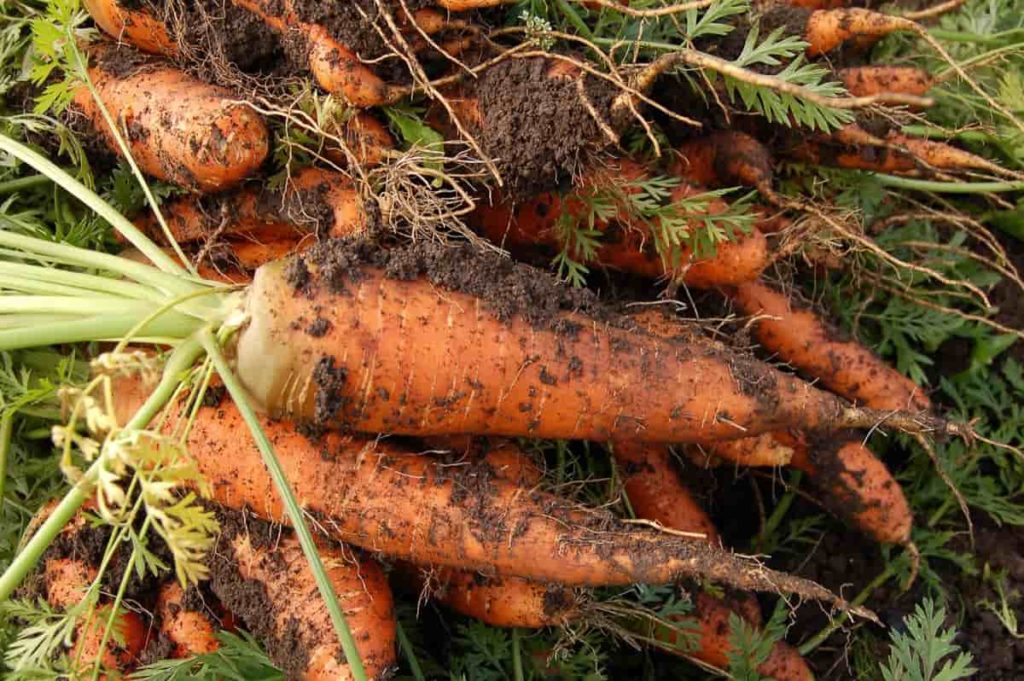
As they develop underground, potatoes thrive in the intense Arizona sunlight. Even while a healthy crop of potatoes can be grown in arid locations with the help of a few extra sprinkles here and there, not all potato cultivars are suited to such conditions. If you’re a gardener in Arizona, zucchini is your best buddy. The warm Arizona light doesn’t bother zucchini plants; they grow quickly and easily. Furthermore, it prefers warm weather.
Growing pumpkins in your Arizona garden may be fun, provided you have enough room for the vines to sprawl and the leaves to spread out. The large leaves of pumpkins help them thrive under the scorching Arizona sun. As a result of their thick skin and pale hue, pumpkins rarely suffer from sunscalds.
While most winter squash thrives in the hot Arizona heat, certain types can flourish better than others. The same advice to watermelons and cantaloupes also applies to selecting winter squash varieties: look for ones with large enough leaf canopies to shield the fruit from direct sunlight. Carrots are resistant to sunscald like many other crops, making them ideal for the warm Arizona environment. Carrots can thrive in warm climates if their roots remain wet.
Winter gardening in Arizona
Vegetables that have to be grown in cooler temperatures, such as those seen in the autumn and winter, often include leaves, stems, or roots. Most cold-season veggies in the Greater Phoenix Metro Area are planted from late October to early March and are harvested in late autumn or early winter.
Vegetables grown for harvest in the autumn and winter thrive best if they reach maturity before the onset of hot weather or after they have cooled down. These veggies can become bitter if picked during the hot summer months. Early spring planting lets you harvest before the summer heat, while late summer planting yields a mature winter garden.
When should I start my seeds in Arizona?
There are two very distinct seasons in this location for starting plants from seed. Vegetables and fruits that thrive in warmer climates, such as tomatoes, peppers, and eggplant, do best from February through May. September through December are ideal for growing cool-weather plants like spinach and broccoli. A long spell of hot weather may cause plants to bolt and produce seeds instead of fruit or vegetables. Most veggies can’t be grown successfully in the summer because the temperature is too hot and dry.
What should I plant in February in Arizona?
In Arizona, spring planting season begins mostly in Feb. Getting your frost-sensitive plants planted by the 15th of February will allow you to make the most of the first growing season before the frosts return in the spring. Annuals and perennials may still be planted in the ground in Arizona to get the same stunning flower display.
In case you missed it: How to Start Tomato Farming in Philippines: A Useful Growing Guide for Tomato Farmers
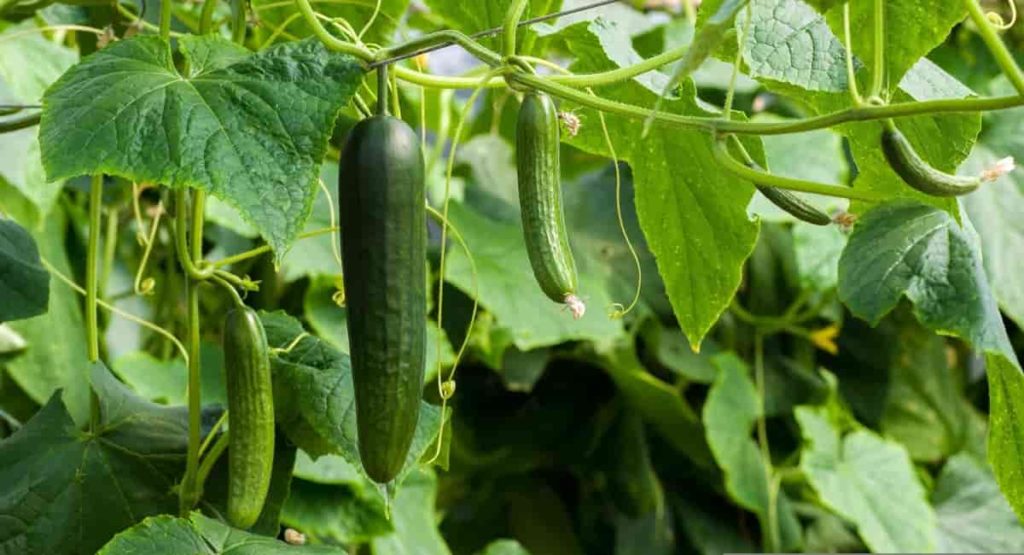
You should also start fertilizing your plants and record which ones got which fertilizer and when. Beets, beans, carrots, maize, eggplant, lettuce, peppers, summer squash, and tomatoes are all excellent choices for planting in February. It is not too late to plant radishes and potatoes. Plant your watermelons and cantaloupes now for the best harvest.
What growing zone is Arizona?
The northern half of the state, except a skinny sliver along the northwest border, is dominated by the mountainous Colorado Plateau, which reaches heights of 5,000 to 8,000 feet. Mogollon Rim, the southernmost point of the Colorado Plateau, is a precipitous drop of 2,000 to 3,000 feet. Basin and Range, which encompasses most of the lower elevation in the south and along the Colorado River, is adjacent to the rocky Central Highlands. The Basin and Range consist mainly of lowland desert.
However, it also includes a few mountain ranges, and its lower altitudes enjoy a mild temperature all year round. Microclimates may undergo dramatic shifts over very short distances due to the varied topography inside each landform, such as canyons. The state of Arizona spans USDA hardiness zone 4b to 10a. Zone 4b is home to some of the coldest places on Earth, including the San Francisco Peaks, the White Mountains, and Mount Graham, among the coldest places at -20°F to -25°F.
Climate zone 6a includes Flagstaff, Arizona, whose winter lows often range from -10°F to -5°F and necessitates the use of frost-resistant plants. Zone 10 includes the southern and south-central parts of the state, including the region along the Colorado River and the Phoenix metropolitan area, where winter lows average in the 30s and 40s.
What vegetables can I plant in Arizona in March?
You should begin preparing your irrigation system for summer use in March. If you need to undertake any maintenance on pipes, sprinkler heads, or drip lines, you still have time while it’s cold. To avoid a last-minute watering frenzy when temperatures soar, now is the time to check all your timers and ensure they are in proper working order.
Since your herbicide applications are in February, you should also treat any that may have germinated. The planting seasons of spring and summer overlap in March. In March, you can plant various flowers, from marigolds to petunias to sunflowers. The February vegetable recommendations are still viable for a March vegetable garden. Planting winter squash and beets in March is another option.
In case you missed it: Ohio Vegetable Planting Calendar: Month-by-Month Chart, Season, and Easiest Vegetables to Grow
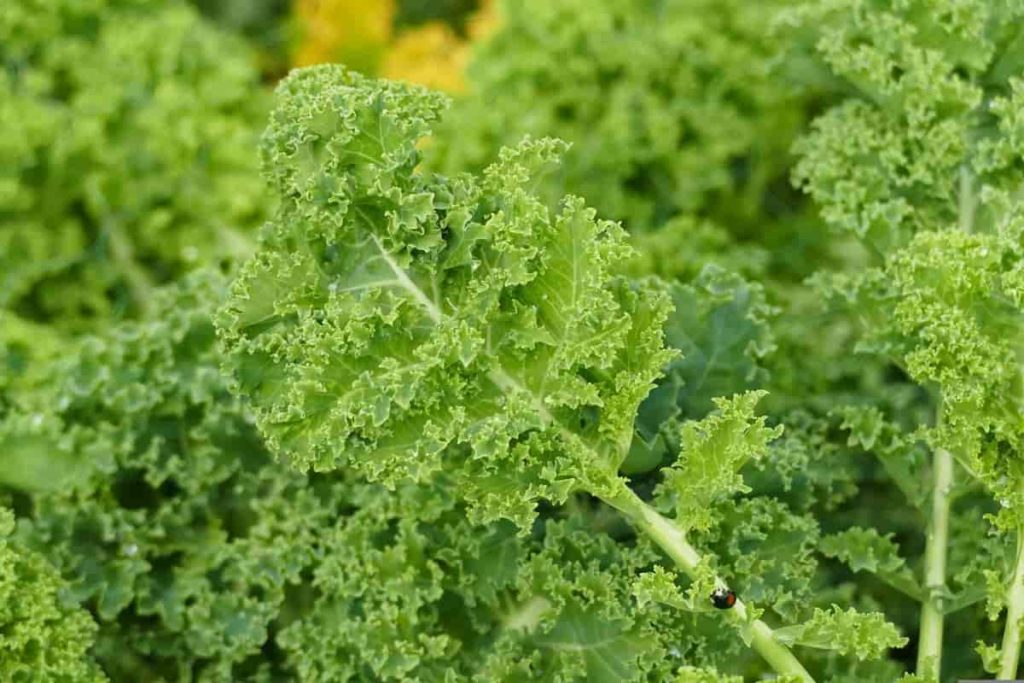
Arizona planting calendar
Below we have listed growing vegetables according to their planting zones.
| Vegetables | Zone 5 | Zone 6 | Zone 7 | Zone 8 | Zone 9 |
| Beans | Mid May to Sep | May to mid-Oct | Apr to mid-Oct | Mid Mar to mid-Oct | Mid Feb to May Sep to Nov |
| Beets | Apr to June mid-July to mid-Oct | Mid Mar to June mid-July to mid-Oct | Mar to May Aug to Oct | Mid Feb to mid-May mid-Aug to mid-Nov | Feb to Apr mid-Sep to Nov |
| Broccoli | Mid Mar to June July to Oct | Mar to mid-June mid-July to Oct | Mid Feb to May Aug to mid Nov | Feb to mid-May, Aug to Nov | Mid Jan to Apr mid aug to mid dec |
| Brussel Sprouts | Apr to Oct | May to Oct | Mid Apr to mid-Sep | Apr to Aug | Mar to Jun |
| Cabbage | Mid Apr to Oct | May to Oct | Mar to mid-June mid-July to Oct | Mid Feb to May Aug to mid-Nov | Feb to mid-May Sep to mid-Dec |
| Carrots | Apr to Jun, Aug to mid-Oct | Apr to June, Aug to Oct | Mar to mid-June Aug to Oct | Mid Feb to May mid-Aug to mid-Nov | Mid Feb to may mid Sep to mid dec |
| Cauliflowers | Mid Apr to mid-Oct | Mar to mid-June | Mid Feb to May Aug to mid-Nov | Feb to mid-May mid-Aug to Nov | Feb to mid-May Sep to mid-Dec |
| Corn | Mid May to mid Sep | May to Sep | May to Aug | Mid Apr to Aug | Mid Feb to May mid Aug to Nov |
| Cucumber | Mid-May to mid-Sep | May to Sep | May to Aug | Mid Apr to Aug | Mid Feb to May mid-Aug to Nov |
| Kale | Apr to June mid-July to Oct | Mid mar to mid Jun Aug to mid Nov | Mar to May Aug to mid Nov | Mid Feb to mid-May mid Aug to mid Nov | Oct to Dec |
| Lettuce | Mid Apr to June mid-July to mid-Oct | Mid Mar to mid-June Aug to Oct | Mar to May Aug to Oct | Mid Feb to May mid-Aug to mid-Nov | Mid Jan to Apr mid-Sep to mid-Dec |
| Onions | Apr to Sep | Aug | Aug | Aug | May |
| Peas | Apr to June, mid-July to mid-Oct | Mid Mar to May Aug to Oct | Mid Feb to mid-May mid-Aug to mid-Nov | Mid Feb to mid-May Sep to mid-Nov | Jan to march Oct to mid-Dec |
| Peppers | Apr to Sep | Mid Mar to Sep | Mar to Sep | Mid Feb to mid-Sep | Jan to May mid-July to Nov |
| Spinach | Apr to June mid-July to oct | Mar to June mid-July to oct | Mar to June Aug to mid-Nov | Mid Feb to May Sep to Nov | Mid Jan to Apr mid-Sep to mid-Dec |
| Squash | Mid May to Sep | May to Sep | May to mid-Oct | Mid Apr to mid-Oct | Mar to Jun |
| Tomato | Apr to Sep | Mid Mar to Sep | Mar to Sep | Mid Feb to mid-Sep | Jan to May mid-July to Nov |
In case you missed it: How to Start Home Gardening in Asia: For Indoors, Outdoors, Raised Beds, Backyards, Terrace, Pots, and In Containers for Beginners
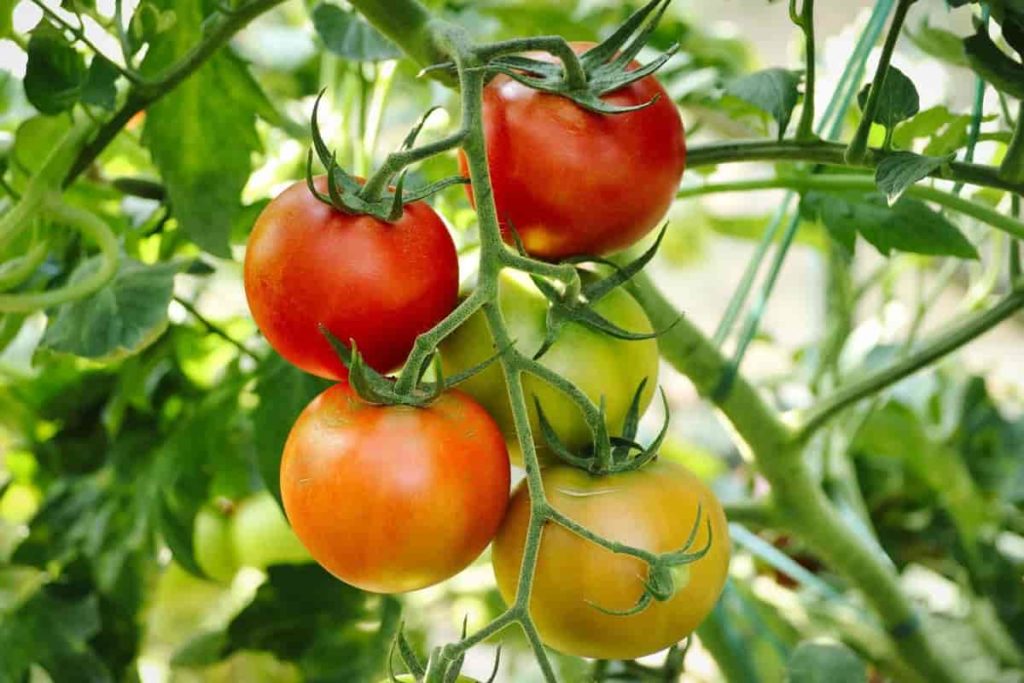
Conclusion
When it’s dry, windy, and hot outside, plants need more water than usual. In Arizona, raised-bed gardens need daily watering throughout the hot summer months. Watering the raised beds every other day is sometimes sufficient throughout the year. Make seasonal adjustments to the timer’s frequency. Plants with drooping leaves may not necessarily be thirsty in the middle of the day;
Check the soil moisture level a few inches below before watering plants with drooping foliage. Upon the setting of the sun, they will likely regain their composure. Maintain your garden with care. If you live in the following counties, cities, towns in the Arizona (AZ) State of Zone 5, Zone 6, Zone 7, Zone 8, and Zone 9 in the USA, this article may help you to understand the Month-by-Month chart, Vegetable planting calendar along with seasons to grow different vegetables.
| Phoenix | Drexel Heights |
| Tucson | Sahuarita |
| Mesa | Kingman |
| Chandler | Fortuna Foothills |
| Scottsdale | Florence |
| Glendale | Sun City West |
| Gilbert | Fountain Hills |
| Tempe | Anthem |
| Peoria | Green Valley |
| Surprise | Nogales |
| San Tan Valley | Rio Rico |
| Yuma | Eloy |
| Avondale | Flowing Wells |
| Goodyear | New River |
| Buckeye | Somerton |
| Flagstaff | Douglas |
| Casas Adobes | Sierra Vista Southeast |
| Casa Grande | Fort Mohave |
| Lake Havasu City | Payson |
| Queen Creek | Tanque Verde |
| Catalina Foothills | Sun Lakes |
| Maricopa | Paradise Valley |
| Marana | Vail |
| Prescott | Coolidge |
| Oro Valley | New Kingman-Butler |
| Sierra Vista | Verde Village |
| Prescott | Saddlebrooke |
| Apache Junction | Cottonwood city |
| Bullhead City | Valencia West |
| Sun City | Tucson Estates |
| El Mirage | Gold Canyon |
| San Luis | Tucson Mountains |
- Profitable Village Farming Business Ideas in 2024
- High-Yield Aquaculture: Fast-Growing Fish for Farming
- Effective Fish Pond Construction Techniques for Beginners
- Irrigation and Water Management in Pineapple Farming
- Blossom to Harvest: Mastering Flowering and Pollination in Papaya Farming
- Pig Fattening Essentials: From Selection to Sale for Beginners
- Raising Wagyu Cattle: A Complete Guide for Premium Beef Production
- Soil Types and Their Water Holding Capacity
- Optimizing Irrigation Schedules for Coconut Groves for Enhanced Yield
- Espresso Your Garden: Coffee Grounds for Healthier Acid-Loving Plants
- The Best Soil Mix for Snake Plants: How to Mix Your Own Snake Plant Soil
- Green Thumb Success: Expert Tips for Cultivating Greenhouse Beans All Year Round
- Bloom All Year Round: The Ultimate Guide to Indoor Hyacinth Care
- Eco-Friendly Gardening: How to Make Liquid Fertilizer from Kitchen Waste
- Ultimate Guide to Grow Anise in Pots: Explore Seed Propagation to Harvesting
- Guide to Raising Chester White Pigs: Discover Breed Facts to Growth Management
- Mastering the Elegance: The Ultimate Guide to Weeping Cherry Tree Care, Planting, and Maintenance
- Ultimate Guide to Planting Garlic in Grow Bags: Growing Strategies for Beginners
- How to Fix Spider Plant Leaf-Related Problems: Natural and Organic Remedies
- 10 Reasons Why Your Tulsi Plant is Shedding Leaves: Home Remedies and Solutions
- Optimizing Growth and Yield: The Advantages of Palm Bunch Ash Fertilizer
- Utilizing Neem Oil Extract as a Natural Pesticide for Hydrangea
- From Soil to Harvest: Various Ways in Which Farmers Can Use AI Tools
- Steps to Encourage and Induce Citrus Flowers: A Comprehensive Guide
- How to Fix Snake Plant Leaf-Related Issues: Natural and Organic Remedies
- Transform Your Garden into a Fragrant Oasis with Raat Ki Rani (Night Blooming Jasmine)
- Discover the Ideal Chicken Breeds for Philippine Farms
- How to Create a Poultry Egg Farm Business Plan for Profits
- Grow Lemon Cucumbers Like a Pro: Insider Techniques for Bountiful Yields
- Ultimate Guide to Caring for Your Pink Princess Philodendron: Tips for Thriving Variegation
- Areca Nut Profit Per Acre: Calculating Yield and Cost of Cultivation
- How Kaveri Chicken is Becoming a More Profitable Breed in Indian Backyards
- Transform Your Barn: 9 Steps to Convert a Horse Stall into a Chicken Coop
- Exploring Suffolk Sheep Disadvantages with Limitations and Challenges
- Guide to Solving Potted Lemon Tree Problems: How to Revive Lemon Tree in Containers
- Steps to Encourage Female Pumpkin Flowers: Best Strategies for More Flowers and High Yields
